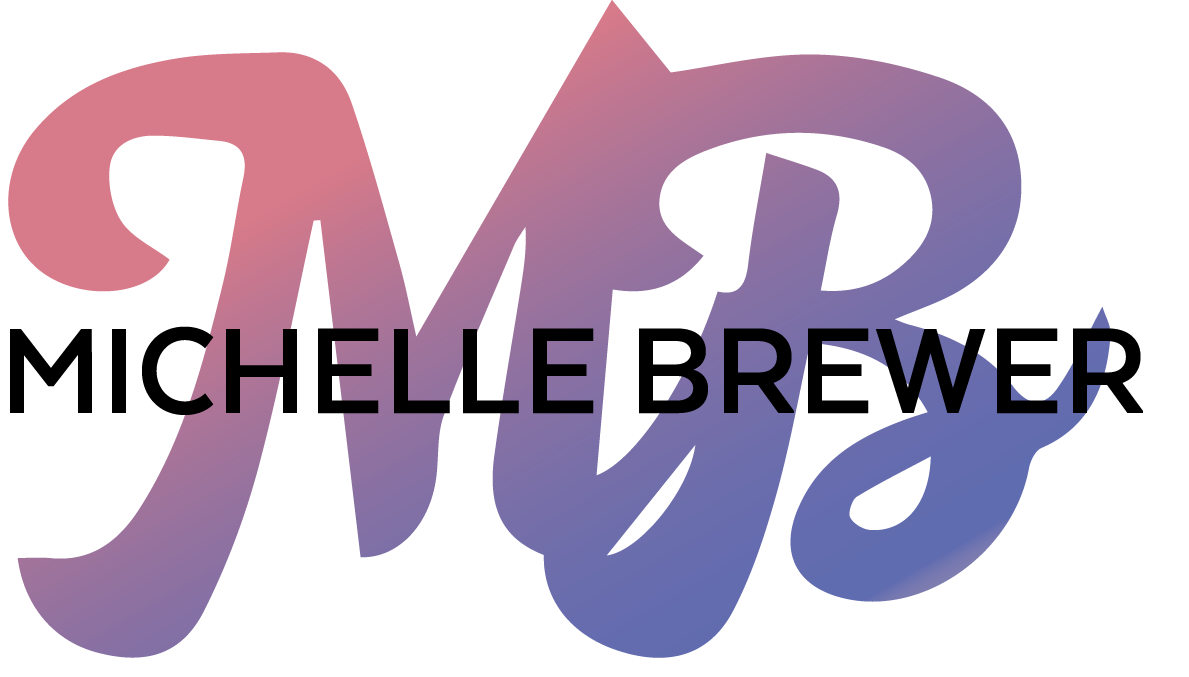
7 steps to harmony with your food
Do you ever eat past the point of enjoyment simply to clean your plate and waste not? Do you eat for pleasure’s sake until the pleasure becomes a pain, causing you to unbutton your jeans and feel gassy for hours? Or perhaps you aren’t eating enough, always feeling hungry?
Eating should always be a pleasure, during and after. What would it feel like to eat what your body wants you to eat and feeling great about it, feeling satisfied and energized? Follow these seven steps and then come back to the comments to share the results!
1. Determine your hunger number on a scale from zero to 10, with zero being famished and 10 being so stuffed that you cannot eat another bite. Five is the light and delightful feeling of just enough. It is the moment the sensation of hunger goes away. Mindful eating is starting to eat below five and not going past five.
2. Eat what draws and excites your body to eat. This is not what your eyes want you to eat. It is physical hunger as opposed to psychological, habitual or “should” hunger (that is: what is “healthy” but doesn’t call to you). It must be delicious.
3. Eat in a calm environment. It is hard to eat mindfully when the situation you are in pulls your attention away from the food in front of you. This includes everything from feeling worried or being in intense conversations to while you’re texting or driving.
4. Eat sitting down. In fact, I encourage people to do this with their feet flat on the ground. It is a position of openness, and mindful eating is being open and receptive to your body’s intuitive hunger signals. There is even something about crossing your legs or your ankles, which is literally a closed and removed posture.
5. Eat with attention on your food. On the one hand, this means eating without email, TV, Facebook, radio, texting or engrossing conversations. On the other hand, it means looking at your meal with ‘an attitude of gratitude.’ And it means savouring every morsel that goes in your mouth, continuing to do so while you’re chewing and swallowing it, and putting your utensils down during that time until they are next needed. Your attention is also needed to hear your body tell you when to stop.
6. Allow yourself the pleasure of food. Many of us have attempted to shut out the pleasure or feel guilty about eating what we want to be in a better position to stop ourselves from eating what we believe we shouldn’t have. But with the intuitive hunger approach there are no good or bad foods. Moreover, there is an inherent and beautiful psychologically nourishing component to eating, which we embrace. Ideally, though, it is anchored in the physical nourishment. It is hard to recognize when you’ve enough of something if you’re not letting yourself truly experience it in the first place. Consider the possibility that you can trust yourself with food, even if it might take some practice, and that your deserve pleasure and happiness in your life.
7. Stop when your body is satisfied. In other words, stop the moment your body reaches the lightness of 5. This is very different from being full. The French capture it well: “j’ai faim” directly translates to “I have hunger” but means “I am hungry,” and “je n’ai plus faim” means “I am no longer hungry”—not, “I am full.” This distinction makes all the difference.
How do you feel?
How would it change your life if you ate this way all the time?
Was it easy? Was it emotional? Share your experiences in the comments and we can discuss how you can use this experience to bring a greater happiness and calm to your life.
